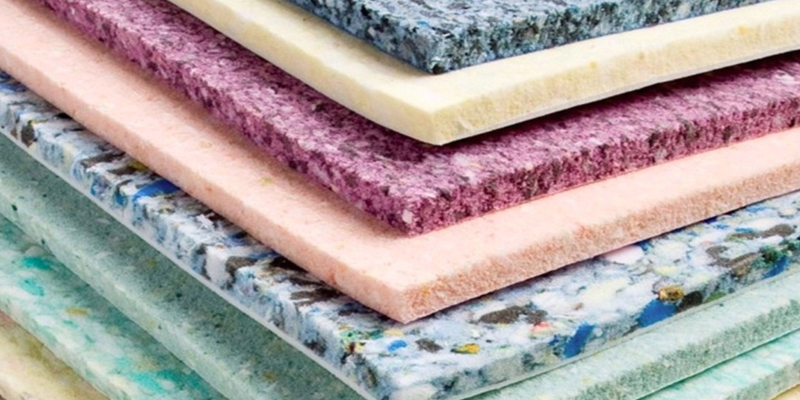Mingxu Chemicals is a supplier in the field of polyurethane catalysts, and now we introduce the versatility and basic applications of polyurethane soft foams and the role of our MXC-A1 catalyst in their production. Polyurethane soft foams are widely used due to their adaptability and elasticity, supporting industries such as furniture, automotive, sports, medical and packaging. With enhanced properties such as cushioning, sound insulation and filtration, soft foams are the material of choice for high-performance applications.
Polyurethane soft foams are produced by a chemical reaction between diisocyanates and polyols, both of which are mainly derived from crude oil. In addition, polyols can be obtained from renewable natural oils, providing sustainable production options. When combined, the diisocyanate and polyol react to form a foam with a honeycomb structure. This structure has compressibility, elasticity and excellent cushioning properties, making it ideal for use in furniture, bedding, car seats, sports equipment, medical equipment, packaging, footwear and carpet MATS. The structure of the polyurethane soft foam also enhances the sound insulation and filtration properties, further expanding its usefulness in many fields.
The key to achieving stable foam quality and structure is the use of specific catalysts and additives. Our MXC-A1 catalyst, called BDMAEE (CAS number: 3033-62-3) or N,N,N’,N’ -tetramethyl-2,2′ -oxybis (ethylamine), is a highly active tertiary amine catalyst, mainly used in the production of flexible foam products, especially for the production of high rebound, RIM products. Polyurethane foam is made by the reaction of diisocyanate and polyol. This colorless to slightly yellow liquid promotes urea (water-isocyanate) reactions in soft and rigid polyurethane foams, providing catalytic activity and selectivity during the foaming process.
MXC-A1’s unique properties make it suitable for producing almost all types of flexible foam, particularly high-rebound products and Reaction Injection Molding (RIM) applications. By altering bubble size during the reaction between polyols and isocyanates, amine catalysts and surfactants allow for customization in foam density and firmness. Other additives like flame retardants and bacteriostatic agents further enhance the foam’s application range, particularly in the aerospace, automotive, outdoor, and marine sectors.
With our MXC-A1 catalyst, flexible foam manufacturers can achieve efficient production, high-quality foam consistency and application diversity. To learn more about MXC-A1 and other catalysts, please contact us to find out how our catalysts can meet your polyurethane flexible foam production needs.
Post time: Oct-28-2024

